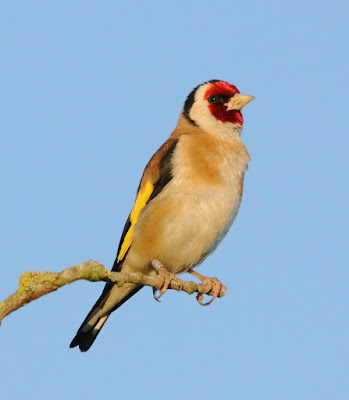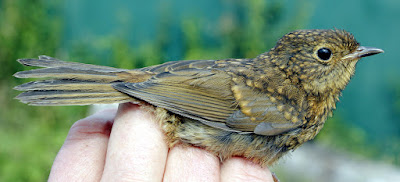What a rotten week it’s been. Rain most days, often windy and nothing like summer. Saturday promised slightly better so I set off on the usual trail over the moss and in the general direction of Conder Green.
I hit upon a young Kestrel and then a singing Yellowhammer, the latter not quite as rare as hen’s teeth but certainly getting that way. It took me a while to locate from where the male proclaimed his “little bit of bread and no cheese” until I spotted him 30ft up a roadside post.
Yellowhammer
Seems there was a Cattle Egret at Conder Green during the week, a one-day wonder on Thursday that a good number of people saw but perhaps not enough to ensure the species figures on everyone’s British List.
Just as well I saw one there on April 2nd, part of a small invasion of the species to the UK. But the Cattle Egret is still an elusive species to many a birder. Not so in many countries I’ve visited including Egypt where Cattle Egrets are as tame as church mice.
There was no Cattle Egret today so I made do with 4 Little Egret and 2 Grey Heron as part of the 40 species I saw. A Kingfisher put in two brief appearances in between flying across the water to try its luck on the other side of the pool – afraid the light was poor again at ISO1000.
Kingfisher
I guess the Kingfisher is after the same tiddler prey as the five Little Grebes. It was most unusual that one of the grebes came in fairly close today, a juvenile bird but one that arrived from elsewhere in the last two or three weeks. On the raft today were two Common Terns, birds seemingly uninterested in the tiddlers in Conder Pool, but heading off to the estuary where they might find something more substantial.
Little Grebe
Waders are back in some numbers now, mostly Lapwings with a count of 180+ and many more on the fields beyond the canal. In the week and during a rain aborted look, I counted 900 Lapwings and 400 Curlews in two fields not far away.
Back to today and in addition to the Lapwings, 48 Redshank, 10 Oystercatcher, 7 Common Sandpiper, 2 Dunlin, 2 Curlew, 1 Greenshank and 1 Whimbrel "over". The Oystercatchers on the island still have one chick, now growing nicely thanks to two attentive parents.
Oystercatcher
"Odds and ends" amounted to 2 Stock Dove, 8 Greylag and 2 Cormorant, but not forgetting the Tufted Ducks, mother proudly in charge of four tiny ducklings and father nowhere to be seen.
Along, around, and over the roadside hedgerow proved pretty good with 10+ Swift, 40 Sand Martin and several Swallows. There was a Sparrowhawk carrying small prey but I lost it as it flew over and behind the trees at the rear of the Stork Hotel.
Passerines along the hedgerow: 6 Goldfinch, 3 Linnet, 2 Chiffchaff, 2 Reed Bunting and 1 Meadow Pipit.
Linnet
Reed Bunting
The weather is looking better for next week. Let’s hope the experts are right for once?
Linking today to Anni's Birding.



























































.JPG)






.jpg)











